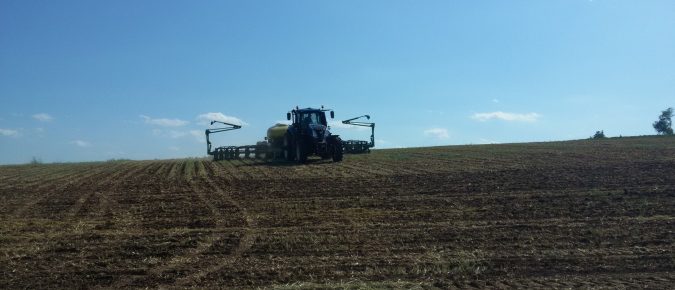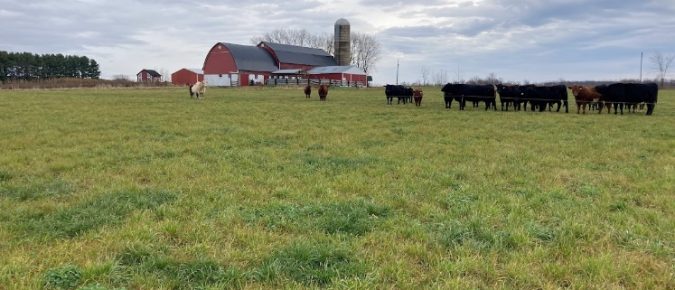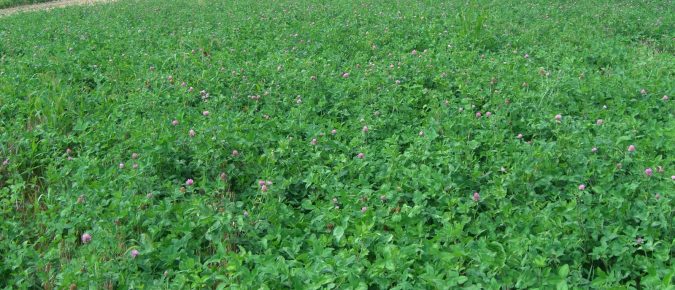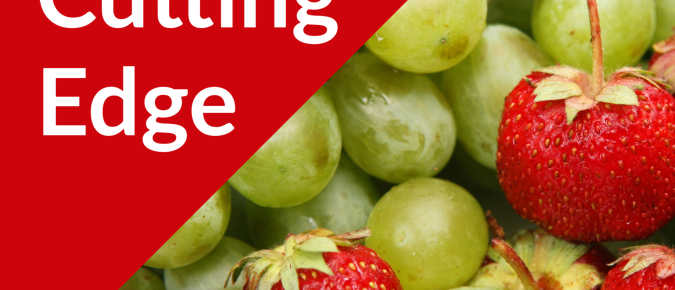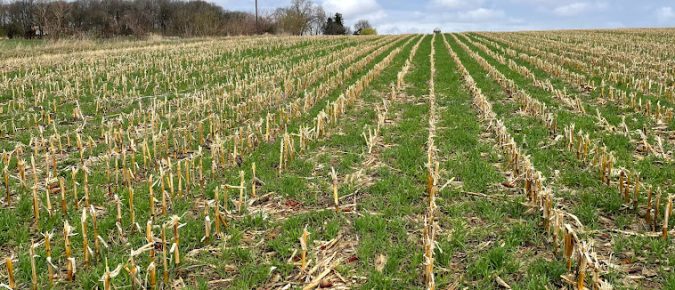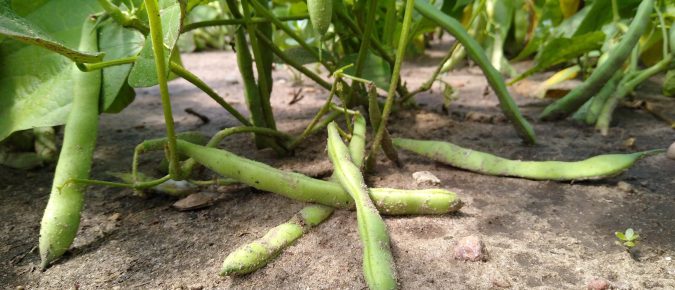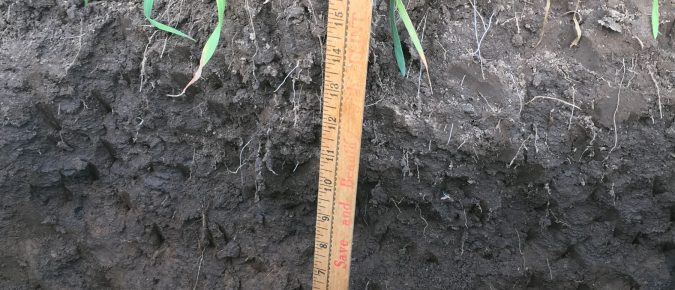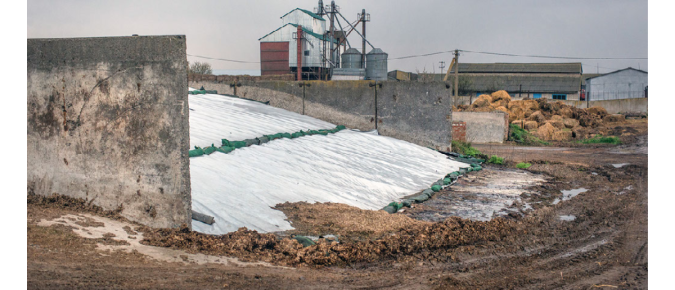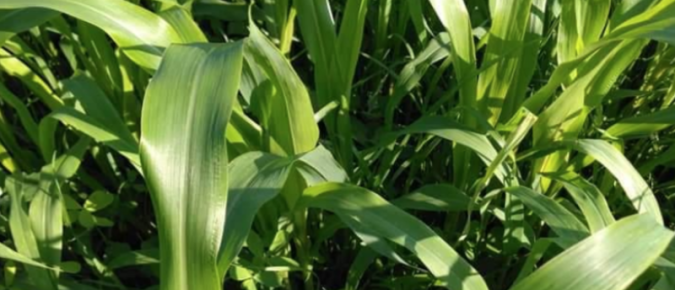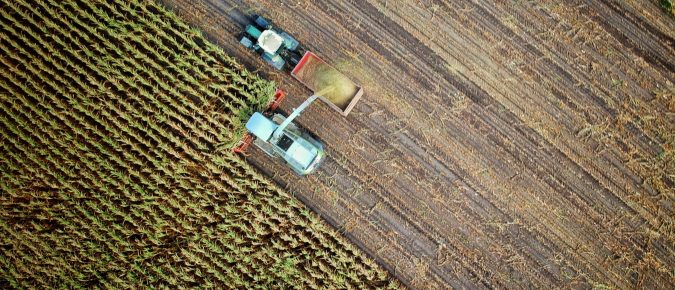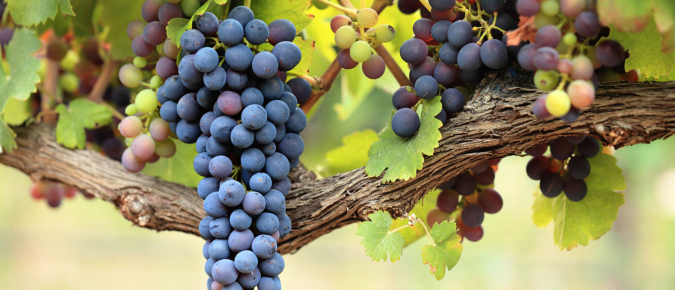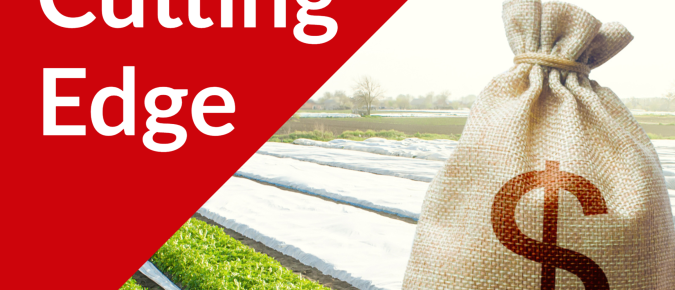This webinar assists growers and agronomists with decision-making for late and prevented planting and disease management in small grains. Dr. Mitchell highlights the changes over time that will affect planting based on climate data, and presents the updated dates and risk management options to produce a profitable crop or receive an indemnity and possibly a forage harvest late in the season.
A high-quality forage base is the foundation of every successful grazing operation. Good grazing management and attention to soil fertility are central to keeping pastures healthy and productive, but there are times when renovation is the best option for improving productivity or fixing problems in a pasture.
Alfalfa is known as the “Queen of Forages” given its importance to the Wisconsin dairy and livestock industry. Wisconsin harvests more than one million acres of alfalfa annually. While some of these transactions include weighing every load harvested to ensure fairness to both the buyer and the seller, there are many acres and individual cuttings where both parties agree to a fixed price per acre instead.
Amaya Atucha, Associate Professor and Fruit Crop Specialist at UW-Madison, shares the latest research on day-neutral strawberries and table grapes at UW. This episode is the audio recording of a presentation Amaya gave during a winter webinar series. To watch the video recording, visit https://www.youtube.com/watch?v=D5aIcZaR9qw. Resources For more information on growing fruit in Wisconsin, visit […]
The 2nd Badger Crop Connect session of 2023 features discussions from the WiscWeeds team on spring cover crop management and early season weed control. Presenters include Nick Arneson, Outreach Program Manager, Joses Nunes, PhD student, and Dr. Rodrigo Werle, Extension Cropping Systems Weed Scientist. Nick Arneson and Jose Nunes discuss the use of winter cereal […]
Guest host Guolong Liang, outreach specialist for the Agriculture Water Quality Program of Extension in the Central Sands of Wisconsin, talks with UW-Madison Horticulture Professor and Extension Specialist Jed Colquhoun, John Ruzicka of Guth Farms in Bancroft, Wisconsin and Dylan Moore, a Seneca Foods Field Representative, about the use of cover crops and no-till to reduce nutrient runoff in canning and processing vegetables.
Right now, there are at least a dozen carbon credit companies willing to pay farmers a range of prices to add conservation practices, like cover crops and no-till planting, to their annual crop production systems. Although these companies are paying farmers to implement the conservation practice, what they are really investing in is the additional carbon they expect to be stored (sequestered) in the soil through implementing the practice.
The fourth Focus on Forage webinar in the 2023 series, Focus on Storage aims to provide WI farms and agricultural professionals with current research-based recommendations regarding hay bale and hay baleage storage and management.
The third Focus on Forage webinar in the 2023 series features alternative forage production information. Presenters are Bill Halfman, UW-Madison Division of Extension Beef Outreach Specialist; Dr. John Jones, UW Madison Soil Scientist; and Jason Cavadini, UW-Madison Division of Extension Grazing Outreach Specialist.
As the 2023 crop season get started, landowners and custom service providers are negotiating custom rates, but the newest Custom Rate Guide for Wisconsin is from 2020[1]. Prices have increased a lot over the past three years.
Amaya Atucha, UW-Madison Associate Professor and Extension Fruit Crop Specialist, shares the latest research on day-neutral strawberries and table grapes at UW.
Co-hosted with Jacob Grace from the Savanna Institute, this episode features Paul Dietmann, Senior Lending Officer in the Emerging Markets Loan Program at Compeer Financial, who works with farmers marketing their products directly to consumers or in value-added agriculture. Resources Compeer Financial Savanna Institute

